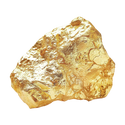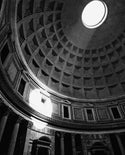Pegasus Pendant
£6,600
Details
Authentic silver coin set in 18K gold with aquamarine cabochons.
Handmade in Rome.
History
Measurements
Delivery
Care






Pegasus
(DENARIUS)
(DENARIUS)
Pegasus, the immortal winged horse, is depicted springing from a tablet with its ornately detailed wings outstretched. The flight of Pegasus symbolises the soul's immortality and bravery.

Gold
(18K)
(18K)
It is a dense, soft, malleable, and ductile metal. Gold is highly valued for its beauty, rarity, and resistance to corrosion. It does not tarnish or corrode over time, making it a perfect choice for jewellery.

Aquamarine
(BERYL)
(BERYL)
Aquamarine, a stunning green-blue to blue variety of the mineral beryl, is treasured for its mesmerising beauty and its symbolism of youth and happiness. This exquisite gemstone, reminiscent of serene ocean waters, has long been admired for its ability to evoke feelings of tranquillity and joy.
Our items are handmade in our atelier in Rome.
Delivery is estimated at 4-6 weeks from when the order is placed with the atelier, but we always endeavour to deliver sooner. Our team will be in touch to keep your updated at every stage of production.
Alternatively please contact shop@dubini.co.uk



